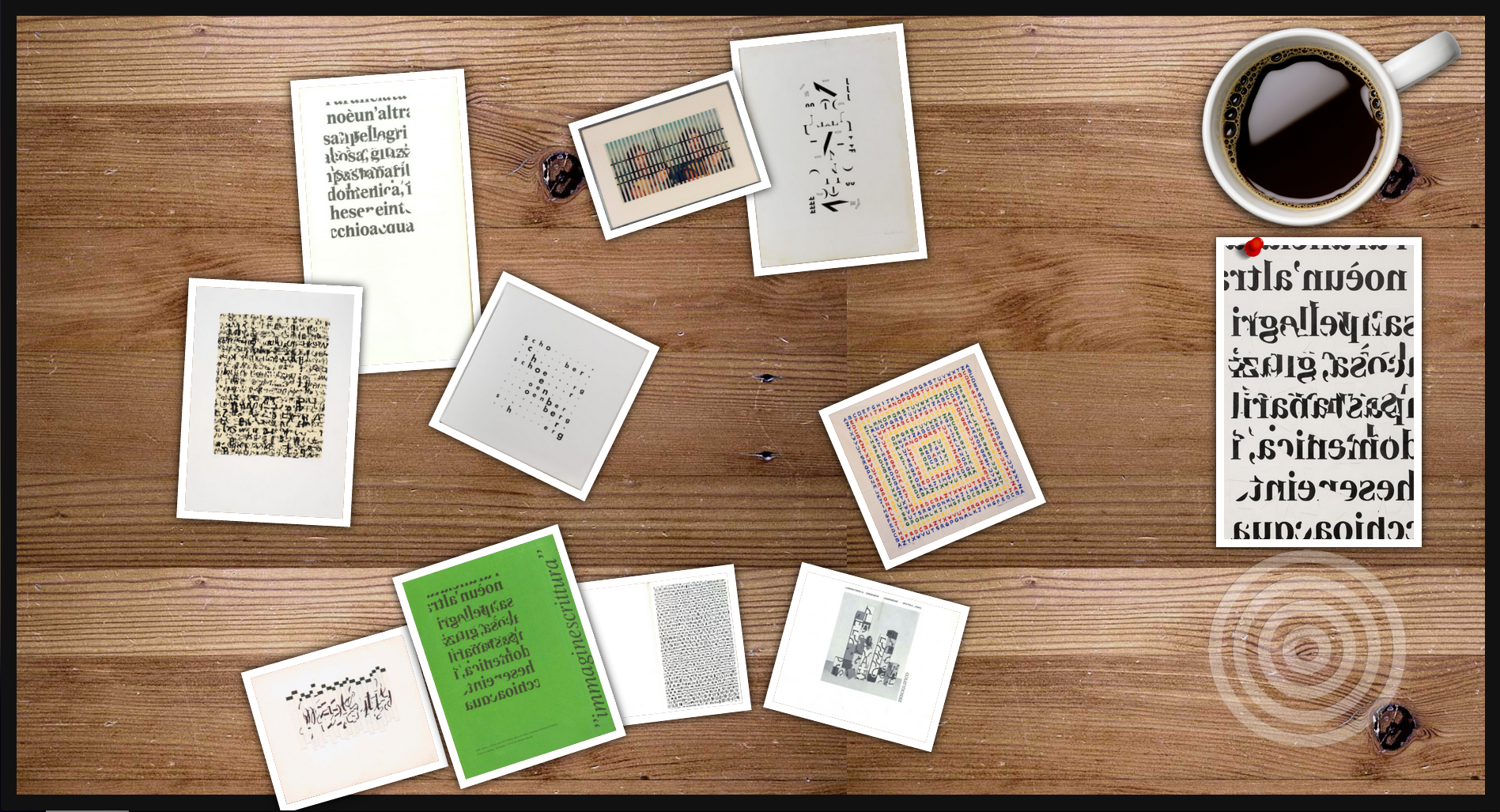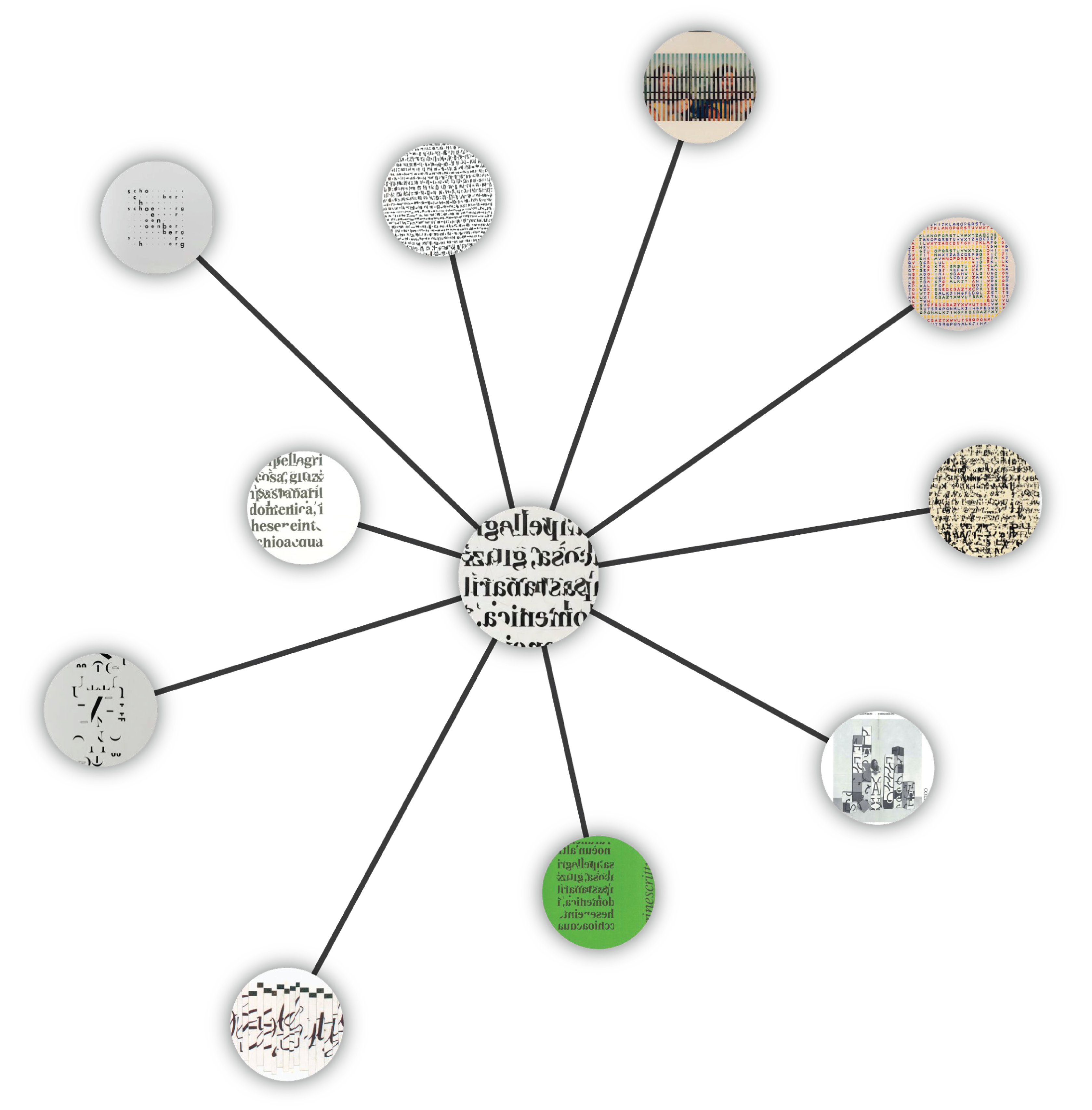The paper “Are these Artworks Similar? Analysing Visitors’ Judgements on Aesthetic Perception with a Digital Game” authored by Rachele Sprugnoli, Marco Guerini, Giovanni Moretti and Sara Tonelli has been accepted for publication in the Journal on Computing and Cultural Heritage, to appear in the special issue on Culture Games.


Abstract
Digital games have been used in the context of a cultural experience for several reasons, from learning to socialising and having fun. As a positive side effect, using digital games in a GLAM environment contributes to increasing the visitors’ engagement and making the collections more popular. Along this line, we present in this paper an online game for museum environments that serves two goals: asking users to engage with the artworks in a collection in a playful environment, and collecting their feedback on artwork similarity, which may be used by curators to rethink the organisation of digital exhibitions and in general to better understand how visitors perceive artworks. The game is called PAGANS (Playful Art: a GAme oN Similarity), and is designed to collect similarity judgments about artworks. The software was implemented following some principles of gamification in order to quickly leverage similarity information in the cultural heritage domain while increasing user engagement and fun. The game, involving pairs of players, was used during two large public events to collect different data about the players’ behaviour and to investigate how these dimensions correlates with aesthetic perception. A thorough statistical analysis shows that age and (self-declared) gender correlates with the time and the number of moves needed to complete a session. These dimensions also link to the relevance of color and shape in judging similarity.
These findings suggest that, although artwork similarity is very subjective and may vary based on a person’s background, some trends can be identified when considering the subjects’ gender and age. This could have some practical implications, for example it could be used to support art curators in creating digital exhibitions by grouping artworks in novel, user-centred ways.





